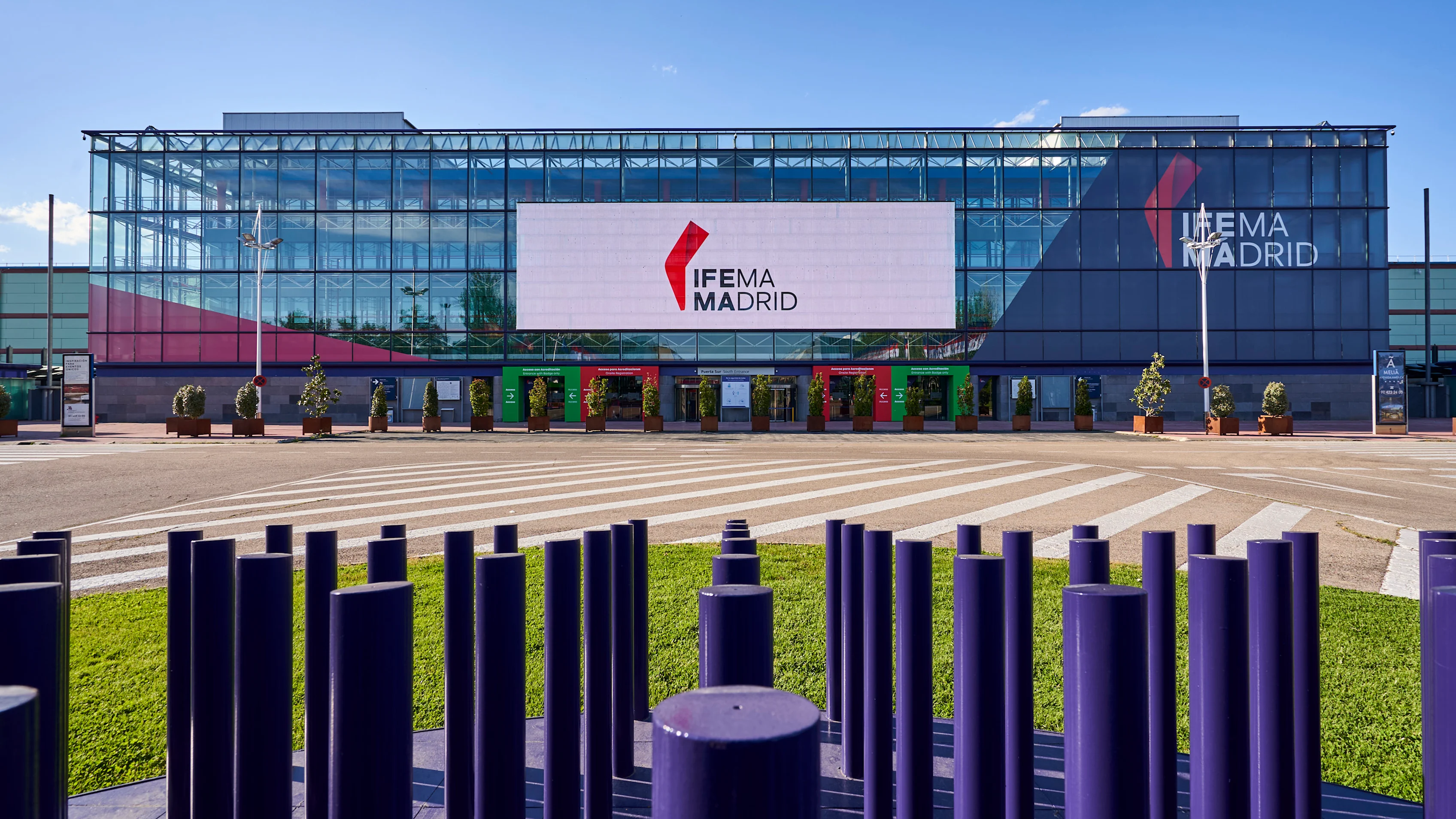Formula 1 will head to a new venue from the 2026 season as Madrid joins the calendar as the host of the FORMULA 1 GRAN PREMIO D’ESPAÑA. Following the announcement, we present the full lowdown on what’s to come in the Spanish capital, with a detailed look at the layout, its special features and more…
Where is the track located?
Madrid’s new F1 circuit will be based around the IFEMA Madrid exhibition centre in the Barajas district, just a stone’s throw away from the Adolfo Suarez airport and only 16 kilometres from the city centre, with excellent car, bus, train and subway routes joining the locations.
READ MORE: Madrid to join Formula 1 calendar from 2026 in new long-term deal
It is set to be split across two primary zones, with the first spanning IFEMA’s existing Recinto Ferial site – housing an array of halls, auditoriums and convention centres – and the second running through the Valdebebas northern expansion area, which will be served by a new subway line in the future.
When completed, the venue will sit next to the Real Madrid Sport City training ground complex and join a host of other high-profile sporting arenas in the capital, including Real Madrid’s full stadium – the Santiago Bernabeu – and the Civitas Metropolitano Stadium belonging to rivals Atletico Madrid.
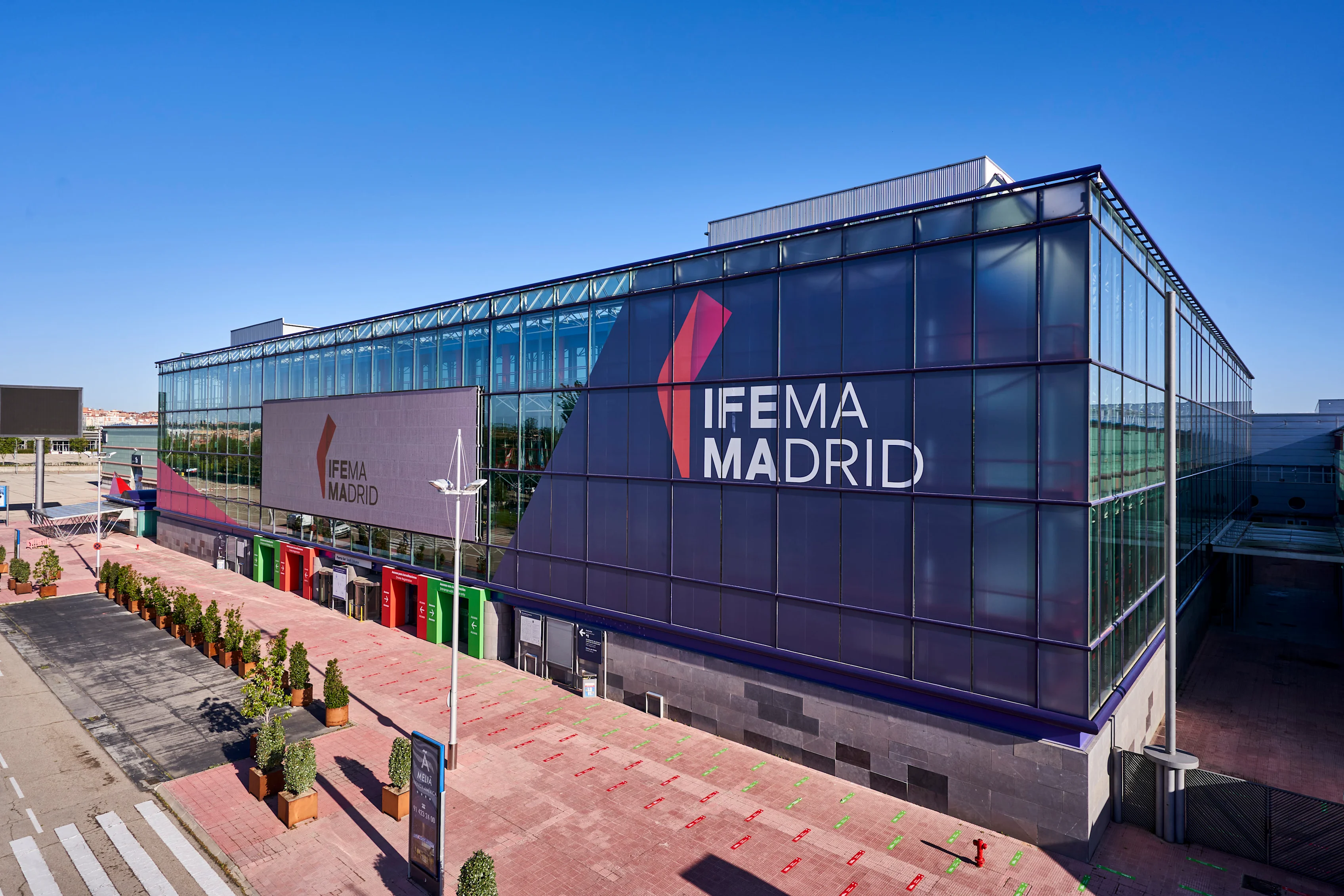
What is the layout made up of?
F1 has worked through plenty of track models since talks with IFEMA and their representatives began, leading to the current 5.474km, 20-turn proposal, and an estimated qualifying lap time of around 1 minute 32 seconds.
EXPLAINED: Your key questions answered as Madrid joins the F1 calendar from 2026
“From the very first suggestion to where we’ve ended up, there’s been about 24 track models, but then there’s been numerous sub-model investigations and different details as well,” explains F1’s Head of Vehicle Performance Craig Wilson, who has been involved in the process from the start. “We’ve now got a concept that we’re happy to proceed development with and we’re very excited to see it take shape.”
It’s a layout that features everything from fast sweeps to tight chicanes, and lengthy straights to short bursts of the throttle, offering a varied experience for those behind the wheel. “I think it will be a good challenge for the drivers,” adds Wilson.
Is it a street or permanent circuit?
The circuit will use both public roads and private land, so some sections are set to feel more like a street circuit and others more like a permanent set-up – mirroring what is seen at the Miami International Autodrome, if we take an example from the current F1 calendar.
“It’s in between what you’d consider a normal street track layout and more towards a permanent circuit style layout,” Wilson comments. “A lot of the places will have a temporary circuit-type installation, but then there’s other sections which may look or feel a bit different depending on the final implementation decisions to suit the IFEMA site.”
What elements make the track unique?
Sitting between the two aforementioned zones that make up the venue is an elevated motorway, meaning the track layout will feature two short tunnel sections to go from the Recinto Ferial complex to the Valdebebas expansion area and vice versa.
Meanwhile, the garages in the pit lane are set to be split either side of the central section and stretch back into the vast network of IFEMA halls, leading to parts of the paddock – such as team hospitality units – being housed in an indoor environment.
What sections should we look out for?
An area of the circuit immediately namechecked by Wilson as one to watch is the run between Turn 7 to Turn 9, which is set to be “quite steeply downhill” thanks to the rise after the tunnel transition from Recinto Ferial and then the subsequent drop from public to private roads in Valdebebas.
Elsewhere, the large radius Turn 10 “has scope to be banked”, and discussions are ongoing as to “how banked we make it, what kind of banking and what kind of profile we go for, with a mind to how can we turn Turn 11 and Turn 12 into a potential overtaking action area”.
The following section from Turn 13 to Turn 17 will see drivers build up some serious speed between a collection of buildings and grandstands, making for an “ambitious” plan that should please both the drivers and the fans watching at the side of the track and on TV.
When will it be ready to race on?
As mentioned, Madrid has signed a deal to join the F1 calendar from 2026, and there will be lots of hard work between now and then to finalise the layout specifics, secure the necessary approvals and factor in the usual event logistics.
“The next steps are that it now needs to go from concept into detailed design development and importantly through the FIA submission and homologation process, and all the safety assessments, to achieve a Grade 1 track licence,” Wilson highlights.
“As you start construction, it needs to go through all the inspections, while we have to work with the developers on all the planning, infrastructure, how the garages are going to be arranged, how the paddock layout specifics are going to be and all of our systems integration, so it’s the start of the journey.”
Next Up
Related Articles
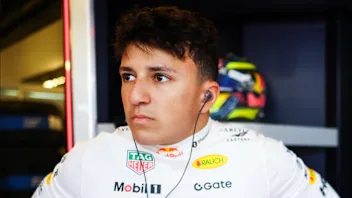 Mekies sets out expectations for Hadjar in 2026
Mekies sets out expectations for Hadjar in 2026.webp) End Of Year Reports 2025Mercedes’ best and worst moments from 2025
End Of Year Reports 2025Mercedes’ best and worst moments from 2025.webp) How F1 drivers recharge during the winter break
How F1 drivers recharge during the winter break.webp) Zhou Guanyu joins Cadillac as reserve driver for 2026
Zhou Guanyu joins Cadillac as reserve driver for 2026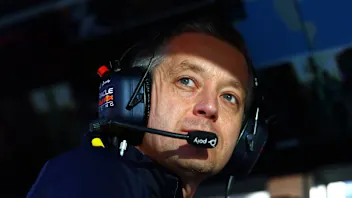 Former Red Bull strategy chief Courtenay starts at McLaren
Former Red Bull strategy chief Courtenay starts at McLaren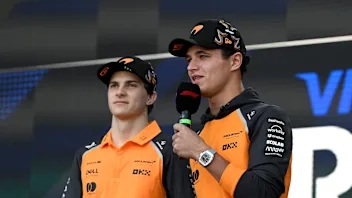 Piastri not expecting Norris’ title to change dynamics
Piastri not expecting Norris’ title to change dynamics

